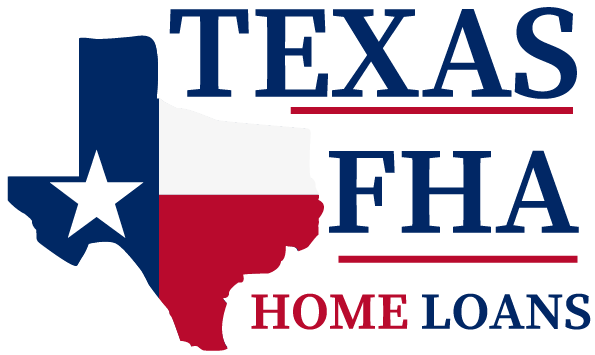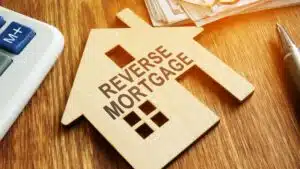The federal government created the FHA loan program in the mid-1930’so help boost the United States’ housing market. Today, these HUD-backed mortgages continue to provide affordable homeownership opportunities to those who find conventional loans too out of reach.
By guaranteeing FHA loans, the government takes some of the risks away from authorized FHA lenders, should a borrower default. This allows lenders to offer loans with as low as 3.5% down payment and a qualifying credit score of 580 — much lesser than that of conventional mortgages.
Types of FHA Loans
Despite the growing popularity of FHA loans, especially among first-time homeowners, many people don’t know that there are actually several types of FHA loans that they can choose from.
This guide will highlight the different FHA programs to help you decide which one is the best home loan option for you.
-
FHA 203(b)
The FHA 203(b) loan program is the most commonly used home loan program. This program aims to provide mortgage insurance for a person to purchase or refinance a primary residence. The home loan is funded by a lending institution, such as a mortgage company, bank, savings, and loan association, and HUD insures the mortgage.
The property must pass FHA’s guidelines on safety, soundness, and security. In short, it must be in move-in condition and doesn’t require any repairs to be safe, sound, and secure.
-
FHA 203(k)
The 203(k) program is commonly known as the repair and renovation loan program. It grants homeowners or homebuyers up to $35,000 for upgrades or improvements to their homes. This loan provides quick access to repair funds.
Homeowners who plan to sell their existing homes and home buyers who decided to purchase a fixer-upper will find FHA 203k loans useful and very convenient.
-
Reverse Mortgage
Also called the Home Equity Conversion Mortgage or HECM, FHA’s reverse mortgage is exclusive to borrowers aged 62 or older, who have equity in their homes. To qualify, they must still be residing in their homes. As with other reverse mortgages, the place must be in good condition with updated property tax and insurance payments.
HECM loans are used to supplement the borrower’s income. The funds may be accessed in lump-sum or equal monthly payments (for an agreed period or for the rest of the borrower’s life). The loan is due when the borrower decides to sell the property or dies.
-
FHA 203(h)
The Section 203(h) program allows the Federal Housing Administration (FHA) to insure mortgages made by qualified lenders to victims of a major disaster who have lost their homes and are in the process of rebuilding or buying another home.
Through Section 203(h), the Federal Government helps victims in Presidentially designated disaster areas recover by making it easier for them to get mortgages and become homeowners or re-establish themselves as homeowners.
This program provides mortgage insurance to protect lenders against the risk of default on mortgages to qualified disaster victims. Individuals are eligible for this program if their homes are located in an area designated by the President as a disaster area and if their homes were destroyed or damaged to such an extent that reconstruction or replacement is necessary. Insured mortgages may be used to finance the purchase or reconstruction of a one-family home that will be the homeowner’s principal residence.
With plenty of FHA loan programs to choose from, how do you know which one is the best home loan for you? The truth is, only you can tell.
If you need help making a decision, talk to a reliable FHA lender near you.


